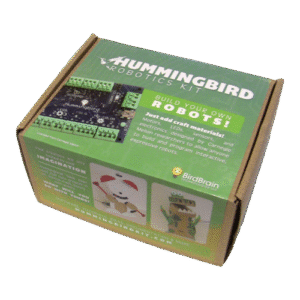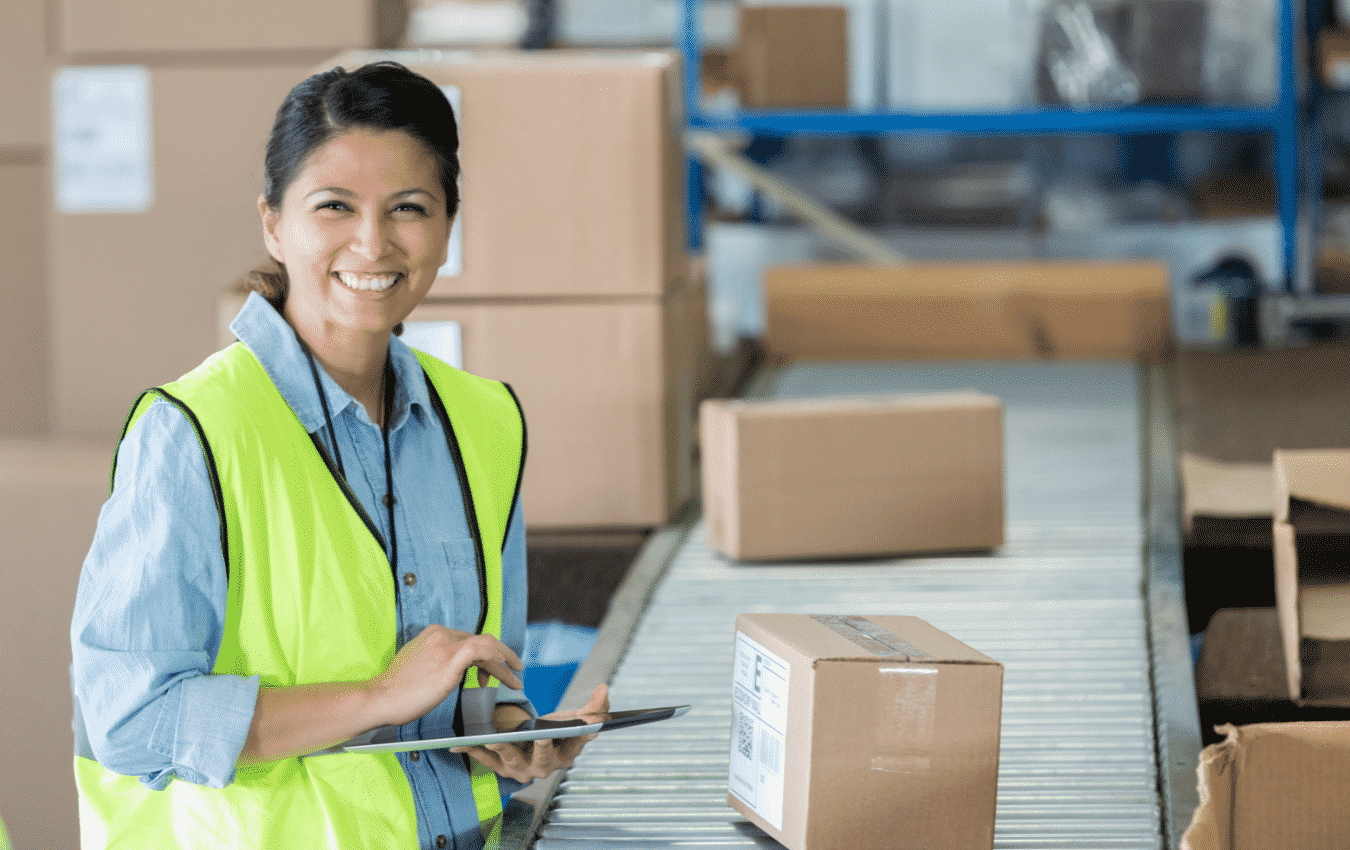Home » 10 Strategies for Bottom Shelf Retail Success
10 Strategies for Bottom Shelf Retail Success

In the competitive world of retail, effective packaging can make all the difference. If your product finds itself on the bottom shelf, it’s essential to invest in packaging that not only protects your product but also captures the attention of shoppers. In this comprehensive guide, we’ll explore how to package your product for retail and make it stand out, even when placed on the bottom shelf.
Understanding the Significance of Shelf Placement
The placement of your product on the retail shelf can greatly impact its visibility and sales. Bottom shelf placement is a common challenge, as it may be less eye-catching than eye-level or top-shelf locations. However, with strategic packaging and design, you can overcome this challenge and make your product shine.
Know Your Target Audience
Understanding your target audience is the first step in creating effective packaging. What appeals to your potential customers? What are their preferences and priorities? Tailor your packaging design to resonate with your target demographic.
Eye-Catching Design
Invest in a visually appealing packaging design that grabs attention. Use vibrant colors, compelling graphics, and high-quality images to make your product stand out. Ensure that your packaging reflects the essence of your brand and the uniqueness of your product.
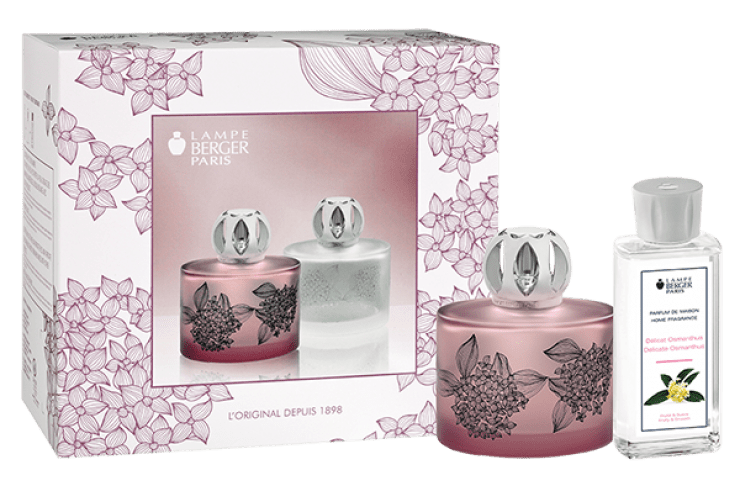
Optimize Packaging Size
Consider the dimensions of your packaging. If your product is on the bottom shelf, it should be easy to reach and handle. Avoid oversized or bulky packaging that can be challenging for customers to access.
Clear Product Information
Provide clear and concise product information on the packaging. Shoppers should be able to quickly understand what your product is, its key features, and its benefits. Use legible fonts and make essential details easily visible.

Use Unique Shapes
Consider unique packaging shapes that distinguish your product from the competition. Unconventional shapes can pique curiosity and draw shoppers’ attention. However, ensure that the shape aligns with your brand and product identity.
Incorporate Interactive Elements
Interactive packaging features can engage shoppers and make your product memorable. This might include peel-and-reveal labels, cut-out windows, or embossed textures that invite touch and exploration.
Highlight Key Selling Points
Identify your product’s key selling points and prominently feature them on the packaging. Whether it’s eco-friendly materials, product quality, or a special promotion, make sure these attributes are clearly communicated.
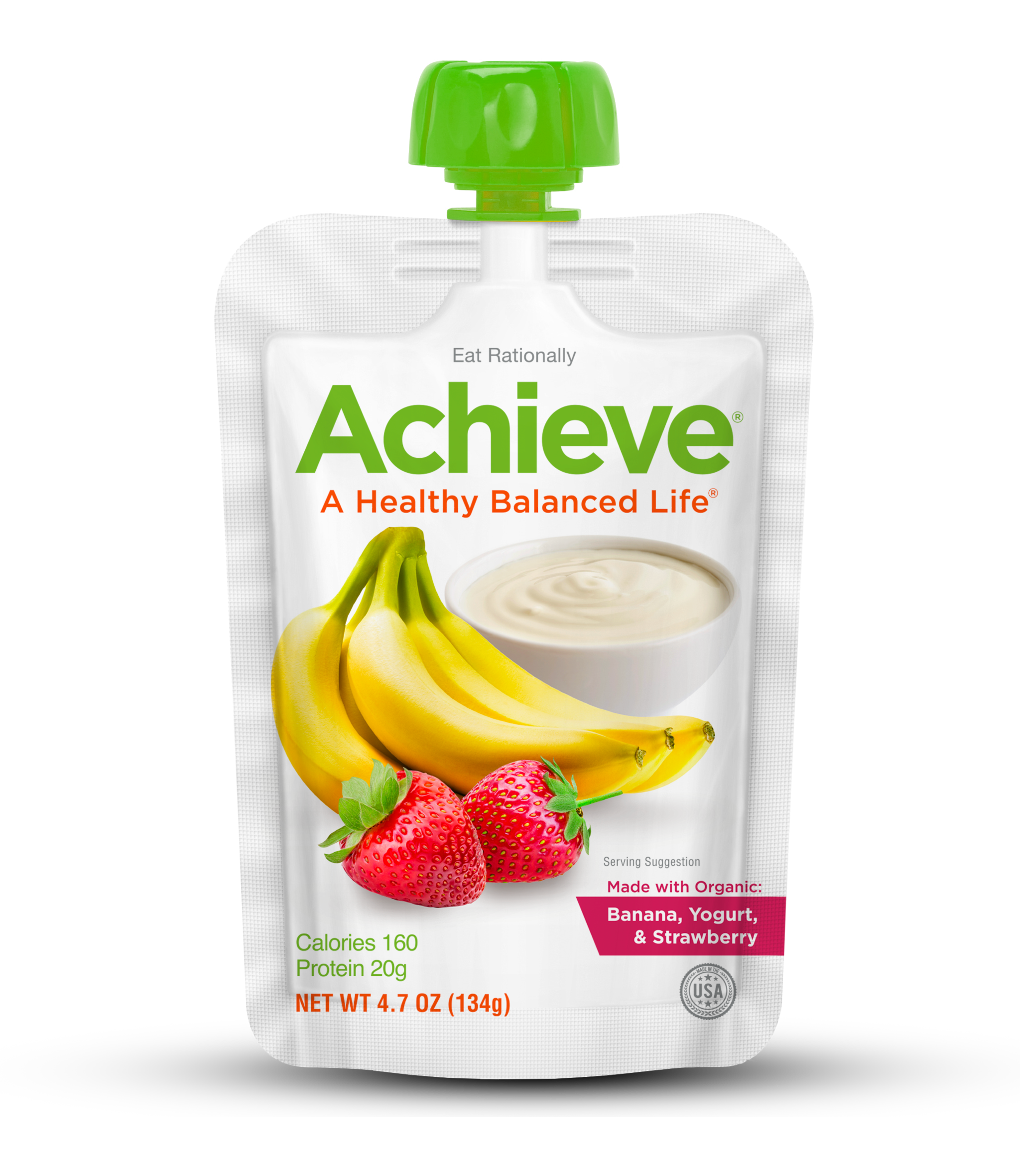
Utilize Color Psychology
Harness the power of color psychology to evoke specific emotions and associations. Different colors can convey trust, excitement, or relaxation, depending on your brand and product message.
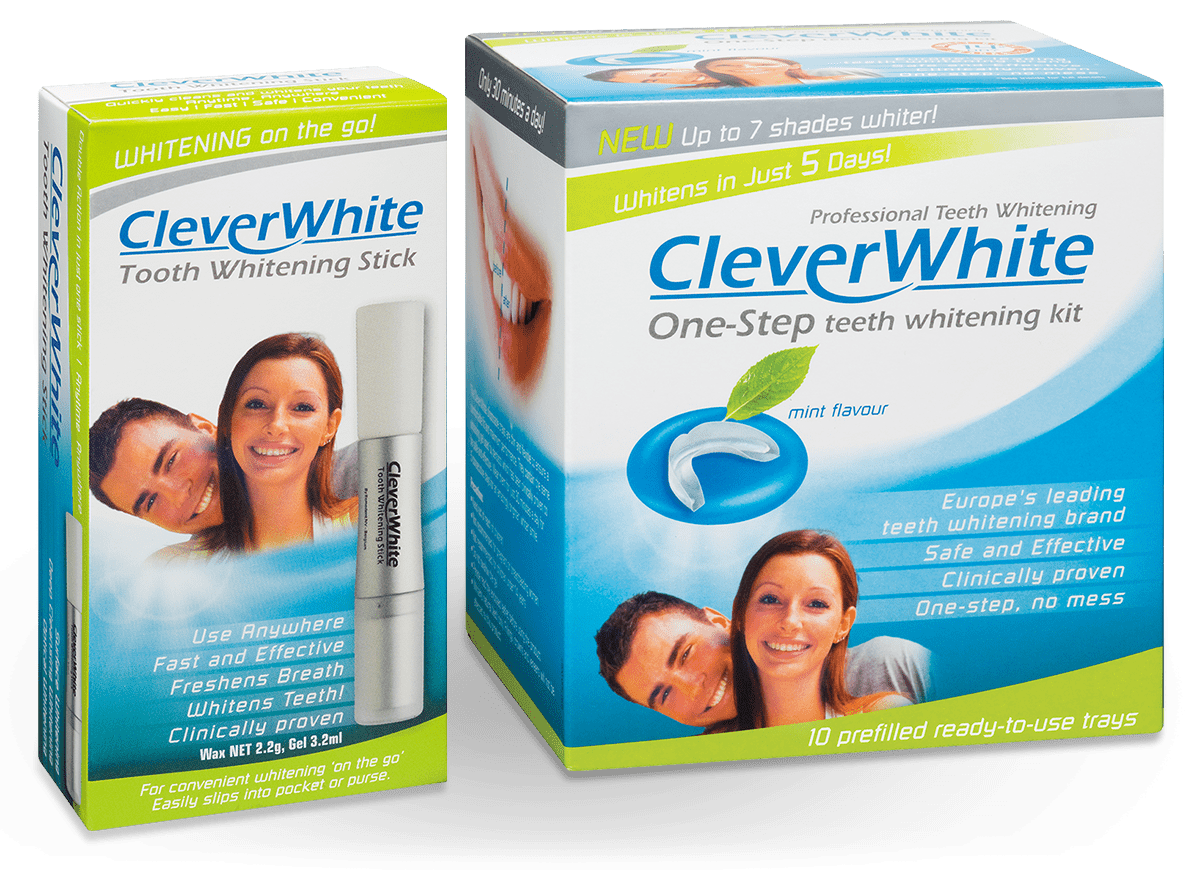
Test Store Layouts
Visit retail stores where your product is sold and observe how the bottom shelves are arranged. Request shelf adjustments or rearrangements if necessary to ensure better visibility.
Collaborate with Retailers
Build strong relationships with retailers and collaborate on promotional opportunities. Retailers may provide signage, displays, or end-cap placements that can enhance your product’s visibility.
Conclusion
Effective packaging is a crucial element in making your product stand out on the bottom shelf of retail stores. By understanding your target audience, investing in eye-catching design, optimizing packaging size, providing clear product information, using unique shapes, incorporating interactive elements, highlighting key selling points, leveraging color psychology, testing store layouts, and collaborating with retailers, you can increase your product’s chances of success, even in a less prominent location. Remember that packaging is not just a protective shell; it’s a powerful marketing tool that can influence shoppers’ buying decisions. With thoughtful and strategic packaging, you can make your product a standout success on any shelf.
RSC boxes are known for their efficiency and versatility, but their performance ultimately comes down to strength. Buyers often see numbers like ECT, BCT, and burst strength on specifications —
In packaging, foam isn’t just about initial protection — it’s about maintaining performance over the entire shipping or storage cycle. Compression set and recovery characteristics determine whether foam continues to
Pouches are a go-to for flexibility and convenience, but they can fail in critical ways—from poor seals to punctures and delamination—that hurt performance and brand reputation. Understanding these failure points
In the retail environment, the placement of Point of Purchase (POP) displays is just as critical as their design and content. Strategic positioning can significantly influence consumer behavior, increase product
Home » 10 Strategies for Bottom Shelf Retail Success


